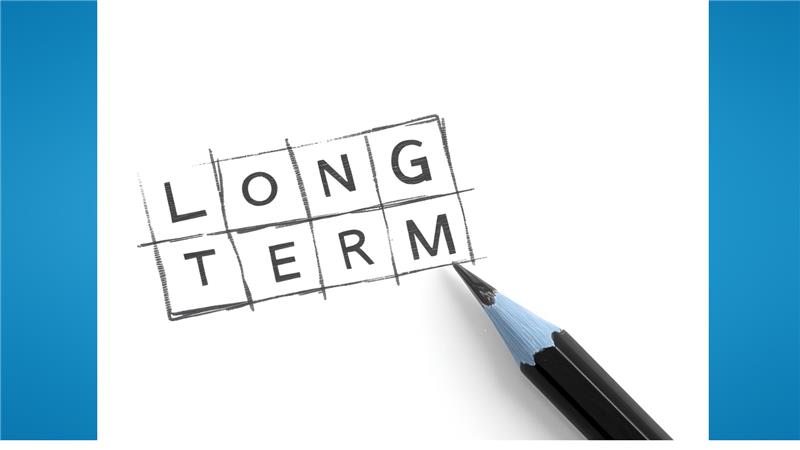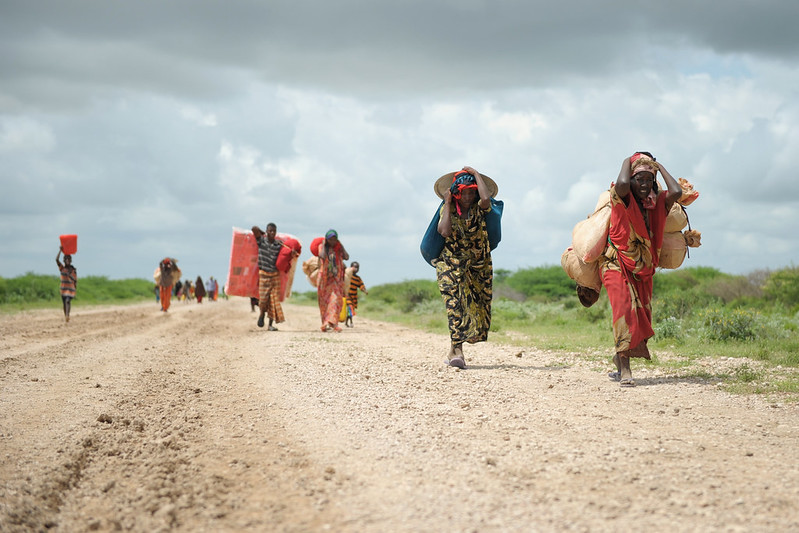Evidence can help us achieve more with less
‘The Sustainable Development Goals Report 2024 makes for sobering reading. It finds that only 17 per cent of the SDG targets are on track, nearly half are showing minimal or moderate progress, and progress on over one third has stalled or even regressed.’
This is the somber foreword to the UN’s SDG report for 2024 from the Secretary General. Today there are an unprecedented 120 million forcibly displaced people worldwide due to conflicts in Ukraine, Gaza, Sudan and beyond. After rising sharply during the COVID-19 pandemic, global hunger has persisted at nearly the same level and is affecting one in every five people in Africa. Moreover, 2.33 billion people (29% of the world population) experienced food insecurity in 2023 – a whopping 383 million more than in 2019.
Recent drastic cuts in foreign aid budgets have challenged the ability to address many of these issues. As Rachel Glennerster, President of Center for Global Development (CDG), reflected in a recent blog, ‘With major cuts to foreign assistance announced or anticipated in the US, the UK, and across the EU, and in the World Bank’s subsidized lending program, we must urgently work to get the most out of shrinking aid budgets. Nothing can prevent the cuts from leading to deaths, but we can still do better with what we have left.’
As decision-makers and implementers are looking for ways to prioritize spending, evidence on the effects of different policy options can help achieve better outcomes with less. Easy access to well-curated and synthesized development effectiveness evidence has never been more important.
The Development Evidence Portal: a gold mine of evidence
3ie’s flagship public good – the Development Evidence Portal (DEP) – was designed with the twin goals of 1) providing ready access to the best available evidence on what type of policies and programs are effective in improving lives and livelihoods (often referred to as what works, for whom, through what mechanisms and at what cost), and 2) to facilitate rapid synthesis of large volumes of such evidence.
The DEP is by far the largest development evidence database in existence. With nearly 20,000 studies of the effects of a broad range of social and economic interventions in low- and middle-income countries, it is a unique resource that supports evidence-informed decision-making to achieve progress on the SDGs and other development outcomes.
And the most amazing thing? For less than the average cost of carrying out one randomized controlled trial in one country, the entire annual running cost of this treasure trove would be covered, keeping it current and adding the 4,000+ studies that get published every year. To put it another way: for the cost of one RCT, a donor can make sure anyone with an internet connection has easy access to at least $5,400,000,000 worth of research investment!
This open-access, global public good is searchable by type of SDG, sector, region, country, intervention, outcome, method, funding source, equity focus, and more.
We are proud to launch our SDG blog series this week. In the first one, we delve deep into SDG 16, which is foremost on the political agenda these days: peace, justice, strong institutions. To see the sorts of insights an up-to-date DEP can provide on key topics like the SDGs, check out our report on the state of the evidence for progress on the SDGs.

What’s next? Vision for DEP 2
At this time, when resources are scarce, while technical innovations and collaboration opportunities abound, we aim to make the most of the DEP’s wealth of hard-won evidence.
As resource scarcity leads to increased pressure to make smart investments, decision-makers need a resource like the DEP to drive forward the machinery of global evidence. Through our collaboration with the Evidence Synthesis Infrastructure Collaborative (ESIC), and with support from funders like the Wellcome Trust and the Jacobs Foundation, we have a rare opportunity for the development community to come together to prioritize access to the DEP as a public good.
By collaborating closely with organizations producing both primary research and synthesis, we will establish reporting standards and processes that will ensure a thriving DEP and “living” evidence syntheses fed by the DEP.
How people access information is also rapidly evolving, with a shift away from traditional search engines such as Google to answer engines, like ChatGPT and Perplexity, that might help users make decisions. There is a need for high-quality evidence that cuts through the noise and is presented in an easily digestible and context-specific way. 3ie is piloting innovative approaches to deploying AI that aim to bring the most advanced, intuitive interfaces to users, thoroughly tested and appropriately contextualized. For example, the DEP will soon host ‘DevChat’, a custom generative AI assistant designed to make it even easier to access this vast and rich information and gain relevant, timely, and actionable insights.
We will keep you updated on developments on all these fronts!
Litmus test
Thanks to judicious use of support from MacKenzie Scott, the Hewlett Foundation, the Gates Foundation, and others, 3ie has been able to build up this resource over the last decade.
A range of additional funders are now realizing that in a time of scarcity, existing evidence is more cost-effective than new evidence, and that duplication is immoral. To make that revelation actionable, we are calling on partners and decision makers to step up to this once-in-a-lifetime opportunity to bring financial sustainability to existing public goods and to put those public goods in the hands of decision-makers so that they may better improve lives today, tomorrow, and in the future.
Five ways the DEP is helping achieve more with less:
1) Offers decision-makers access to the best existing evidence: In a few clicks decisionmakers and advisors can identify high-quality systematic reviews to inform decisions.
To know what interventions work best and how is usually impossible to answer by intuition. Only the work of 3ie, with your Development Evidence Portal, among other resources, has made such questions possible to answer.
Norwegian Agency for Development Cooperation (NORAD)
2) Supports evidence intermediaries who are working directly with national governments: We know that evidence does not ‘speak for itself’, but typically requires translation to specific decision-making contexts. Evidence intermediaries play a key role in doing so, and there is a large and growing network of organizations working to promote evidence informed decision making in their national context.
We use the DEP, and the Africa EGM in particular, to motivate and advocate for evidence-based decision making with our government partners. This takes place, for example, when discussing the merits of setting up more systematic knowledge management processes within government.
Pan-African Centre for Evidence
3) Facilitates cheaper and faster (living) evidence synthesis: The DEP reduces the cost and time it takes to produce evidence gap maps and systematic reviews by reducing both search and data extraction efforts at the project level. Here’s our flagship map on Food Systems and Nutrition—from which several synthesis products have been produced.
4) Facilitates rapid research prioritization and minimizes waste: Organizations interested in whether their portfolio of programs and interventions is underpinned by evidence can consult the DEP, which helps them prioritize research spending where knowledge gaps exist. Researchers interested in avoiding duplication of research and maximizing the cost-effectiveness of new knowledge production can also consult the DEP.
At CAF-Development Bank of Latin America and the Caribbean, the DEP is an invaluable resource in our efforts to make better use of evidence. Our decision-making tools instruct analysts to consult the DEP at the first step in assessing the evidence.
CAF Latin American Development Bank
5) Provides significant value for money: The annual running cost of the DEP, including keeping it current and adding the 4000+ studies published every year, stands at around £ 500,000. This is less than the average cost of one RCT. And it provides easy access to at least $ 5,400,000,000 worth of research investment.
Stay tuned for more insights in our upcoming SDG blog series!
We thank Mark Engelbert, Fiona Kastel, William Ridlehoover, Thomas Kelly, Paul Thissen, Anil Thota, Tanvi for providing inputs.









Great evidence of value for money